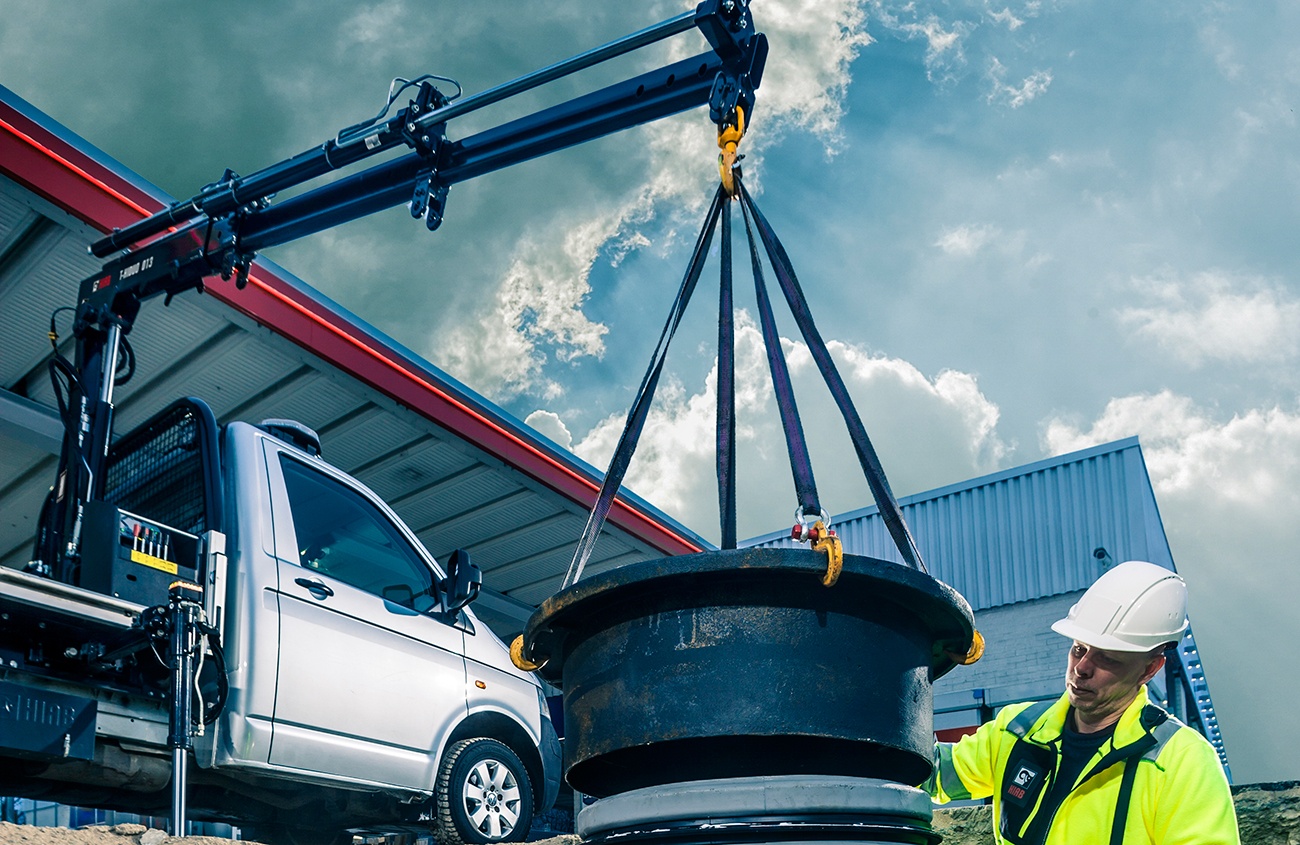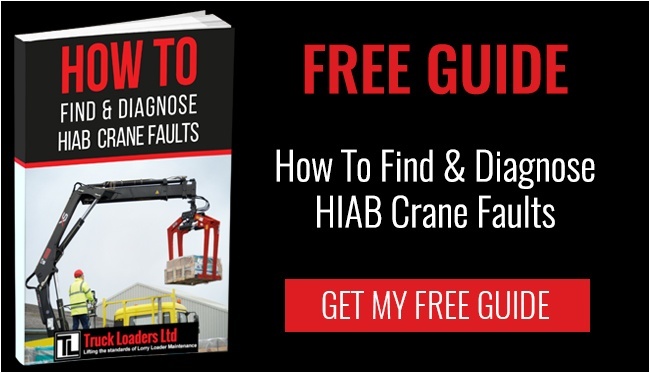
This is a question that our parts department is frequently asked and there is no definitive answer for wear parts such as slide pads and hydraulic hoses. There are so many factors involved in determining the usage and wear characteristics of these components that only the service history of a particular HIAB can provide answers that resemble reality for that particular crane.
Manufacturers’ Data
You will not find manufacturers’ tables showing how long a slide pad or a hydraulic hose will last before requiring replacement. The reason is that every HIAB model exerts different operating conditions and stresses on those wear parts. Ideal conditions may exist perhaps in a laboratory but real life users rarely operate and maintain identical cranes in exactly the same manner. Therefore the parts wear profile is never the same in any two HIABs.
Slide Pads
Slide pads allow a metal part, such as a telescopic boom, to move against another with practically zero wear on the metal surfaces and very little noise. The pads can be made from different hard plastic materials but they all have similar characteristics such as
- Low coefficient of friction
- High load-bearing characteristics
- High chemical resistance
- Frequently self-lubricating
- Stable in extreme temperatures
An example of the type of material that slide pads can be made from is UHMW (Ultra High Molecular Weight) polyethylene, which is a medium-hard plastic.
The life of slide pads depends on factors such as their size and the load to which they are subjected, which may be directly related to size of the crane in which they are deployed and the location within a moving part. They have an extremely long life, which can range from a year under extreme conditions to 5 or more years under light load conditions. Slide pads should be replaced if they exhibit uneven wear, are part melted, cracked or broken
Hydraulic Hoses
It is very difficult to predict the service lifespan of a hydraulic hose because there are so many variables involved. Pressure, heat, corrosion and exposure to potential accidental damage are some of the factors that influence the lifespan of a hydraulic hose. Simple maintenance can help prolong its life and that can mean just a monthly visual inspection for evidence of heat damage, abrasion, weathering and so on. Some users perform a complete replacement every two years.
Bear in mind that a policy of only replacing hoses that have failed is probably more expensive than replacing them all as part of a scheduled maintenance procedure. When a failure occurs it can adversely impact other parts of the system. That could then mean that parts that were perfectly serviceable before the incident may now need to be repaired or replaced.
Find Out More
When a fault occurs, you may wish to quickly examine the error codes that the system has detected. Download our free guide now How To Find & Diagnose HIAB Crane Faults that shows you exactly where to look and the precise steps you need to take.

